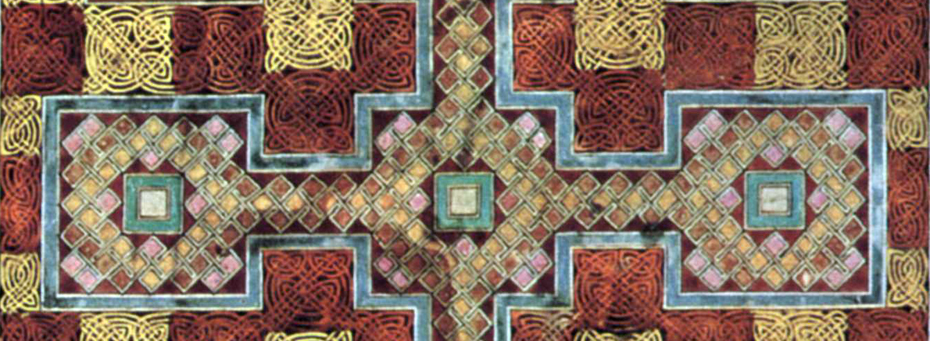Early Bishops
Aldhun: The First Bishop of Durham
Aldhun (born circa 959, died 1018) was the first bishop of Durham. It was he that moved the community of St Cuthbert, along with the body of the saint, to Durham from Chester-le-Street in 995.
His daughter’s marriage to the Earl of Northumbria at around that time probably made the community’s move possible, although there are much more fascinating stories about their choice of Durham as a final resting place for St Cuthbert. Historic sources mention the earl, Uchtred the Bold, helping the monks clear the land to build their first church in Durham.
Aldhun remained Bishop for 24 years, and is said to have died of a broken heart after the Scots defeated the Northumbrians in battle.
Ethelwin: The last Anglo Saxon Bishop
Bishop Ethelwin was the last Anglo-Saxon Bishop of Durham (1056-1071). He was also the last bishop not to also have secular powers, and his death in the winter of 1071-72 marked an important change in the history of Durham – the beginning of the period of Prince-Bishops, who had joint secular and religious power.
Bishop Walcher: The First Prince Bishop
William Walcher, who became Bishop of Durham in 1071 and held the position until his death in 1080, was the first Durham Bishop to hold secular powers. He was also the first non-English Bishop of Durham. He was born in Liege, in what is today Belgium.
Walcher acquired his secular status by purchasing the earldom of Northumbria from William the Conqueror in 1076 after the previous earl, Waltheof, rebelled against the king and was executed.
With the purchase of the earldom, Walcher was known by the title of Prince-Bishop, one that was used by his successors until the 19th century.
Walcher as a Leader
Despite his importance in the creation of Durham as a Prince Bishopric, Walcher was a weak leader. In 1079 he was unable to prevent a Scottish invasion, which led to extensive plundering, causing tremendous damage. Subsequently, the Bishop’s supporters fought amongst themselves, and one of them, Ligulf, who had important links to the local aristocracy, was brutally killed, along with members of his household.
The result was that the Northumbrian people rose up against Walcher and killed him.
This in turn led William to send an army to control Northumbria. Much brutality followed, reminiscent of William’s Harrying of the North a decade earlier.

